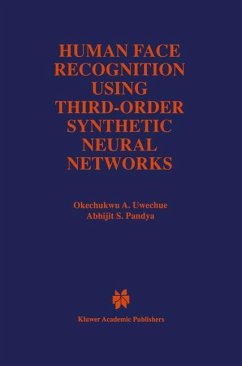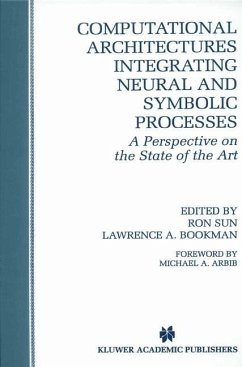Neural Information Processing and VLSI provides a unified treatment of this important subject for use in classrooms, industry, and research laboratories, in order to develop advanced artificial and biologically-inspired neural networks using compact analog and digital VLSI parallel processing techniques.
Neural Information Processing and VLSI systematically presents various neural network paradigms, computing architectures, and the associated electronic/optical implementations using efficient VLSI design methodologies. Conventional digital machines cannot perform computationally-intensive tasks with satisfactory performance in such areas as intelligent perception, including visual and auditory signal processing, recognition, understanding, and logical reasoning (where the human being and even a small living animal can do a superb job). Recent research advances in artificial and biological neural networks have established an important foundation for high-performance information processing with more efficient use of computing resources. The secret lies in the design optimization at various levels of computing and communication of intelligent machines. Each neural network system consists of massively paralleled and distributed signal processors with every processor performing very simple operations, thus consuming little power. Large computational capabilities of these systems in the range of some hundred giga to several tera operations per second are derived from collectively parallel processing and efficient data routing, through well-structured interconnection networks. Deep-submicron very large-scale integration (VLSI) technologies can integrate tens of millions of transistors in a single silicon chip for complex signal processing and information manipulation.
The book is suitable for those interested in efficient neurocomputing as well as those curious about neural network system applications. It has been especially prepared for use as a text for advanced undergraduate and first year graduate students, and is an excellent reference book for researchers and scientists working in the fields covered.
Hinweis: Dieser Artikel kann nur an eine deutsche Lieferadresse ausgeliefert werden.
Neural Information Processing and VLSI systematically presents various neural network paradigms, computing architectures, and the associated electronic/optical implementations using efficient VLSI design methodologies. Conventional digital machines cannot perform computationally-intensive tasks with satisfactory performance in such areas as intelligent perception, including visual and auditory signal processing, recognition, understanding, and logical reasoning (where the human being and even a small living animal can do a superb job). Recent research advances in artificial and biological neural networks have established an important foundation for high-performance information processing with more efficient use of computing resources. The secret lies in the design optimization at various levels of computing and communication of intelligent machines. Each neural network system consists of massively paralleled and distributed signal processors with every processor performing very simple operations, thus consuming little power. Large computational capabilities of these systems in the range of some hundred giga to several tera operations per second are derived from collectively parallel processing and efficient data routing, through well-structured interconnection networks. Deep-submicron very large-scale integration (VLSI) technologies can integrate tens of millions of transistors in a single silicon chip for complex signal processing and information manipulation.
The book is suitable for those interested in efficient neurocomputing as well as those curious about neural network system applications. It has been especially prepared for use as a text for advanced undergraduate and first year graduate students, and is an excellent reference book for researchers and scientists working in the fields covered.
Hinweis: Dieser Artikel kann nur an eine deutsche Lieferadresse ausgeliefert werden.








